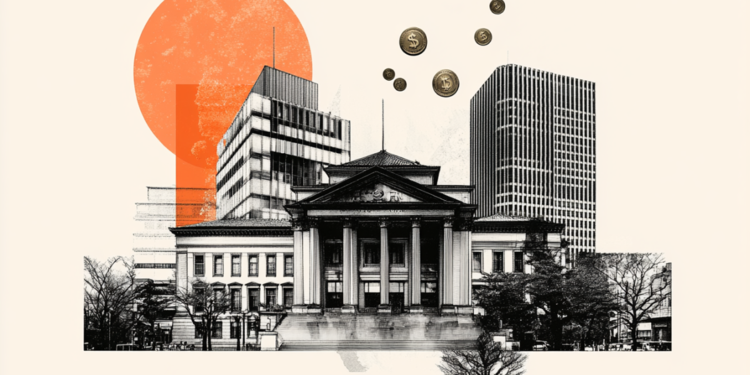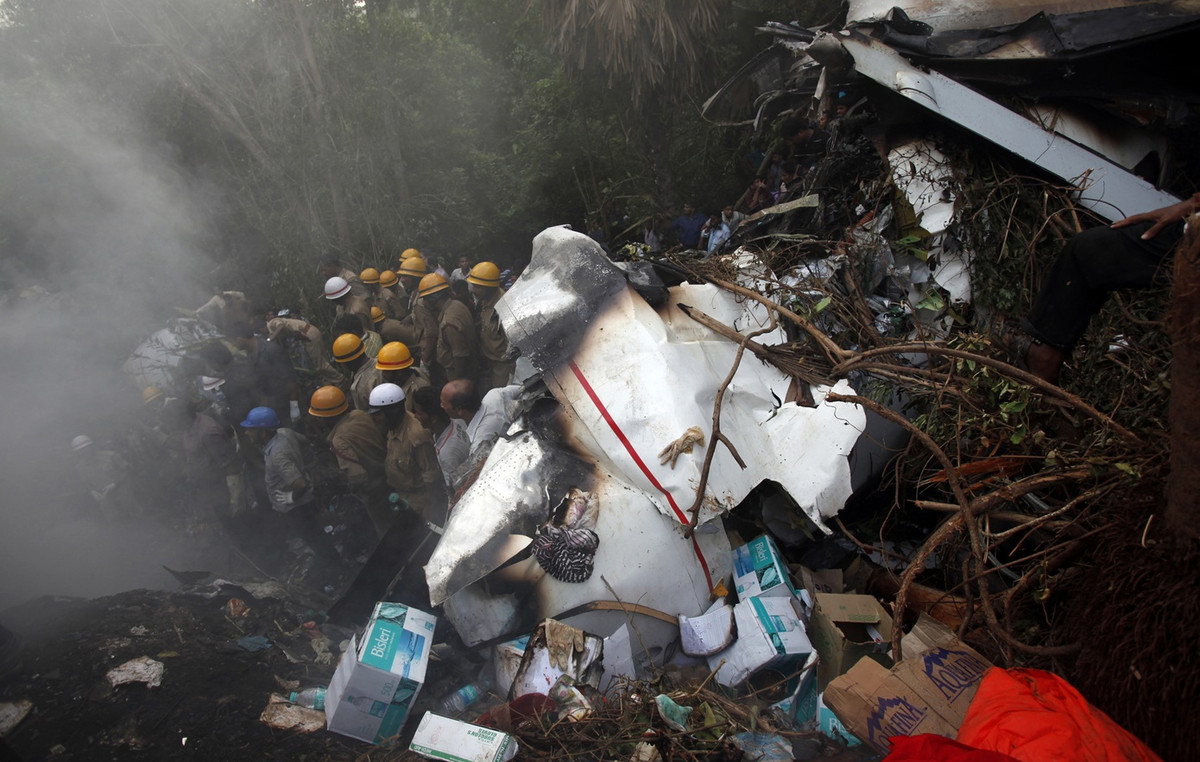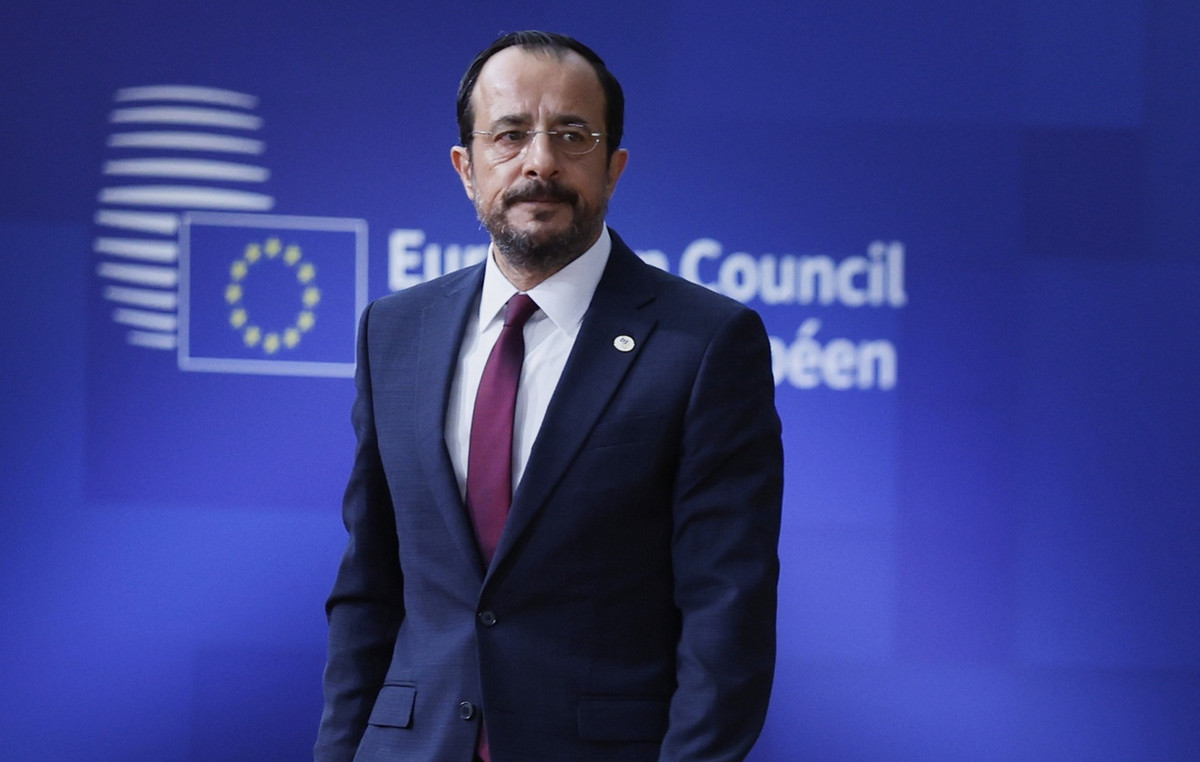For centuries, sunset has signaled the end of fasting rituals on holidays such as Ramadan and Yom Kippur, a cue to eat a delicious meal after a full day of abstinence from food and drink. But what if the sundial suddenly changed, as it does for astronauts aboard the International Space Station?
The orbiting lab orbits Earth at about 17,000 miles per hour (27,600 kilometers per hour), giving passengers 16 sunrises and sunsets a day. It’s a question astronaut Sultan Alneyadi has grappled with since arriving at the space station on March 3.
He is one of less than a dozen Muslim astronauts to have traveled into space, and at the end of his mission, in about five months, he will be the first UAE astronaut to complete a long-term stay in the floating laboratory.
During their stay, Muslims on Earth will observe the month of Ramadan – a period of fasting, prayer and reflection that runs from the night of March 22nd to April 21st. There will also be two Muslim festivals – Eid al-Fitr, which marks the end of Ramadan, and Eid al-Adha, celebration of the annual pilgrimage that Muslims make to Mecca, Saudi Arabia’s holy land, which begins on June 28.
“Six months is a long time for a mission, which is a big responsibility,” Alneyadi told reporters during a press conference in January. But, as Alneyadi explained, as an astronaut, he fits the definition of a “traveler,” sparing him from trying to observe Ramadan at the same time as earthbound Muslims.
“Actually, we can break the fast,” he said. “It’s not mandatory.” He added: “Fasting is not mandatory if you are not feeling well. So in that regard – anything that might jeopardize the mission or perhaps put the crew member at risk – we can eat enough food to avoid any further aggravation of lack of food, nutrition or hydration,” he said.
Alneyadi also told reporters at a press conference in Dubai in February that he could fast according to Greenwich Mean Time, or Coordinated Universal Time, which is used as the official time zone on the space station.
“If we had the opportunity, definitely Ramadan is a good time to fast and it’s actually healthy,” Alneyadi added to reporters at his January press conference.
“Let’s wait and see how it goes.”
Religion in space: a history
Astronauts and religious leaders have tried to imbue extraterrestrial activity with spiritual significance since the early days of spaceflight. During NASA’s Apollo 8 mission in 1968, astronauts performed a reading from Genesis, the first book of the Bible, on their way to orbit the moon.
Buzz Aldrin, who was with Neil Armstrong during the first moon landing in 1969, also quietly communed from the lunar module Eagle – taking a sip of wine and a piece of bread blessed by his Presbyterian minister in Houston, Texas – just before the men take humanity’s first steps on the moon.
In 2007, Malaysian astronaut Sheikh Muszaphar Shukor became the first practicing Muslim to remain on the International Space Station, and Malaysia’s National Islamic Fatwa Council issued special guidelines specifically to guide his practices and that of other future Muslim astronauts.
Although his flight coincided with Ramadan, the board said his fast could be postponed until he returned to Earth or he could fast according to the time zone where he left. He was also relieved of the obligation to try to kneel while praying – a difficult feat in zero gravity.
And trying to turn towards Mecca, as Muslims must do during Salah, or daily prayer, was left to do as best they could, as per the guidelines of the Fatwa Council.
Sheikh Muszaphar Shukor, Malaysia’s first astronaut, is shown during a farewell ceremony at the Baikonur Cosmodrome in Kazakhstan on October 10, 2007 before taking off for the space station.
Jewish scholars proposed similar ideas. Not all Jewish astronauts attempted to observe Shabbat, the Jewish day of rest, which falls on Saturday, during which Jews are expected to abstain from all work activities.
But Israeli astronaut Ilan Ramon tried, in 2003, when he flew aboard a Space Shuttle Columbia mission and, in accordance with the advice of “leading rabbinical experts”, observed Shabbat according to Cape Canaveral, Florida, time. location from which it had been launched.
Ramon and his six crewmates died when the Columbia orbiter broke up during its return to Earth on February 1, 2003.
Among the other religious observances that have taken place aboard the space station for 20 years are the annual celebrations of Christmas and the Jewish holidays of Easter and Hanukkah – including a memorable 1993 episode in which NASA astronaut Jeffrey Hoffman conveyed himself by spinning a top in microgravity on national television.
“It’s a little game – a top – and it’s something you spin and then see which side comes up. And according to that, you win or you lose, and I was just trying to see how you can reinterpret the rules of spaceflight, as there’s no up or down,” he explained to the camera.

Observing Yom Kippur from Orbit
As far as theology goes on how Jewish astronauts are to observe Yom Kippur in space, there is no formal directive and – indeed – the concept has sparked disagreements among some rabbis and religious scholars.
For centuries, rabbis have struggled with the dilemma of how to celebrate timely holidays when the sun and moon are not adhering to norms most humans are familiar with. A 2002 responsum, or a rabbi’s written response to a question about Jewish law, by Rabbi David Golinkin, president emeritus of the Schechter Institute for Jewish Studies in Jerusalem, reviewed some of the various arguments.
An 18th century rabbi, Jacob Emden, was naturally not familiar with space travel. However, he was familiar with the concept of traveling so close to the Earth’s north or south pole that a traveler might not see the sun set for months.
His resolution was simply to count “days” as he normally would at lower latitudes, marking the passage of 24 hours.
Another 19th-century rabbi, Israel Lifshitz, stated that if a traveler has a watch that indicates the time at his point of origin, he should observe holidays according to that time, according to Golinkin’s responsum.
Confronted with the modern issue of space travel, Golinkin wrote that NASA astronauts should set their clocks to the US Central Time Zone followed in Houston, as that is where most American astronauts are based.
The question of how to celebrate the Jewish holidays in orbit came up again when Jared Isaacman, a billionaire who funded a space flight for himself and three crew in 2021, climbed aboard a SpaceX Crew Dragon and became the first space tourist to fly to Earth. US soil orbit.
At the time, he told CNN who, although Jewish, did not plan to observe Yom Kippur, which began at sunset on the day of its launch in 2021.
“To be very honest, I’m not really a religious person,” he said, acknowledging that he contributed to a local synagogue in New Jersey.
On the other hand, Rabbi Dovid Heber, writing for the kosher certification organization Star-K in 2007, simply said that “ideally, one should not travel to outer space.” But “if you must go,” there are several different options that would satisfy religious requirements.
Heber notes, however, that it is theoretically possible to extend what should be a one-day holiday to three days, depending on exactly where the spacecraft’s orbit is. The rabbi of the synagogue Isaacman supported, Eli Kornfeld of Hunterdon, New Jersey, told the CNN who agreed with Golinkin’s assessment.
If he ever lived in space, he would still observe the Yom Kippur fasts according to terrestrial clocks. Although, he added, he would likely do everything in his power to avoid being in space during an important Jewish observance.
On Yom Kippur, Jews are not supposed to work, and those who are strict adherents avoid using electricity, driving cars, or flying in an airplane. Still, Kornfeld said, he recognized that if one day millions of people are living and working in space, the Jewish faith will evolve and adapt to circumstances.
“I think one of the most beautiful things about Judaism – how it is able to be relevant and adapt to all kinds of technological, industrial and discovery changes,” he said.
Source: CNN Brasil
Charles Grill is a tech-savvy writer with over 3 years of experience in the field. He writes on a variety of technology-related topics and has a strong focus on the latest advancements in the industry. He is connected with several online news websites and is currently contributing to a technology-focused platform.







